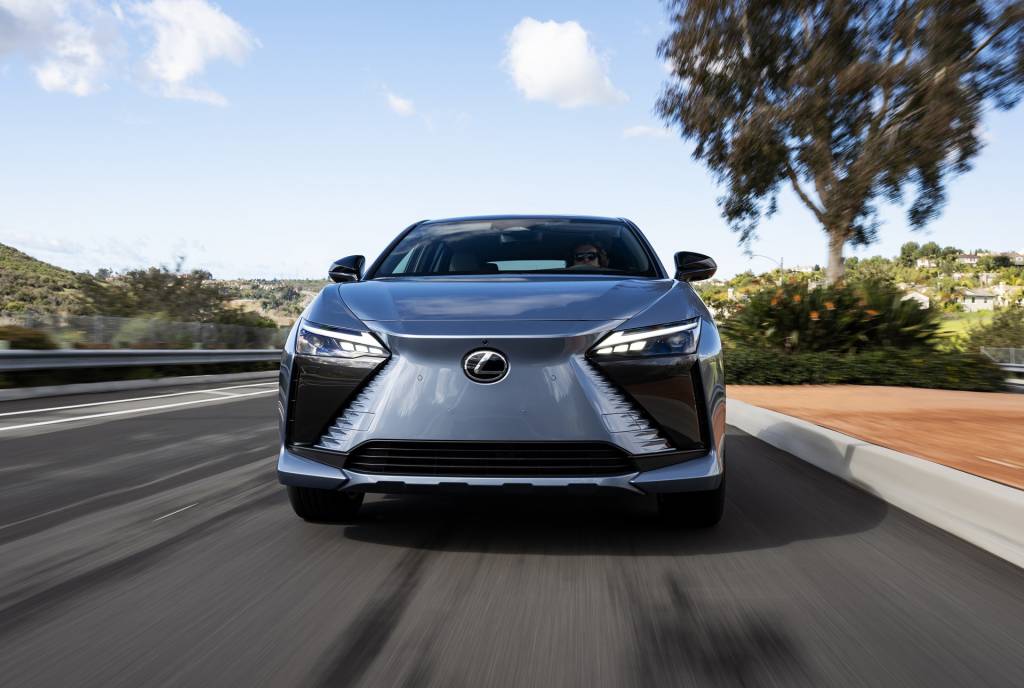An EV battery’s first charge is more than just symbolic. It could help determine the battery’s overall longevity, according to a new study funded by the Toyota Research Institute and published in the scientific journal Joule.
First spotted by InsideEVs, the study by Stanford University’s SLAC-Stanford Battery Center found that giving lithium-ion batteries their first charge at unusually high currents—enough to reduce the charge time from 10 hours to 20 minutes—increased their average longevity by 50% and in some cases by as much as 70%, Stanford said in a press release.
Lithium-ion battery SEI layer formation (via SLAC-Stanford Battery Center)
When it is freshly manufactured, but before it is charged to store energy or discharged so that the stored energy can power a vehicle, a battery cell’s positive electrode contains a given amount of lithium that’s gradually lost as the battery is used, reducing its lifespan. But researchers found that losing a greater amount of lithium during the initial charge could actually be beneficial in the long term.
That’s because the first bit of lithium forms part of a “squishy layer” called the solid electrolyte interphase (SEI) that forms on the surface of the negative electrode and help protect it from reactions that could speed up battery degradation.

2024 Lexus RZ
Manufacturers generally charge batteries with low current initially on the belief that this forms a more robust SEI layer, but researchers found that higher currents are actually better—while also getting that first charge done quicker. Higher current was one of the two main factors in producing the best results, according to researchers, along with battery temperature.
Many EVs already on the road, particularly Teslas, appear to resist battery degradation fairly well. But an additional measure to boost battery longevity might provide peace of mind to consumers and could become especially relevant if California moves forward with proposed battery degradation limits.


